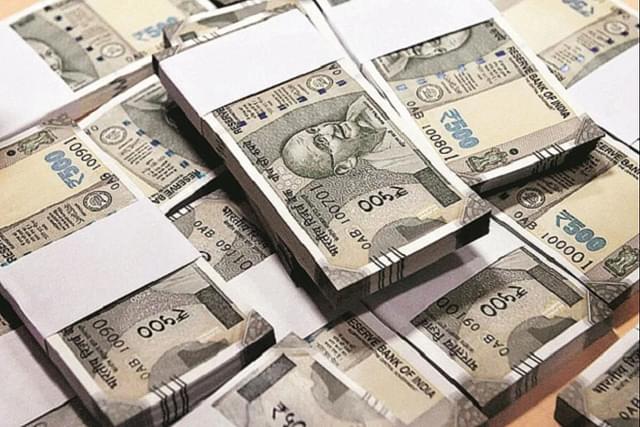News Brief
Middle Class Taxpayers To Get Big Relief? Modi Government Mulls Income Tax Rate Cuts To Increase Consumption

500 rupee currency notes (representative image).
In a bid to increase consumption and alleviate economic pressures on the middle class, the government is reportedly considering personal tax rate cuts.
The proposed changes, which are expected to be announced in July, come as Prime Minister Narendra Modi led NDA government prepares to present its first Union budget after the Lok Sabha elections.
A post-election survey indicated that voters are particularly concerned about inflation, unemployment, and declining incomes. Despite the Indian economy achieving a growth rate of 8.2 per cent in the 2023-24 fiscal year, consumption has increased at only half that rate.
In his remarks after staking the claim to form the National Democratic Alliance government, Prime Minister Modi had highlighted his commitment to enhancing middle-class savings and improving their quality of life.
The proposed tax cuts are seen as a measure to stimulate consumption and increase savings for the middle class.
The potential beneficiaries of the tax cuts will be those people earning over Rs 15 lakh ($17,960.42) annually, up to a certain yet-to-be-determined limit, news agency Reuters reported citing a government source.
This could involve adjustments to the tax scheme introduced in 2020, where annual income up to Rs 15 lakh is taxed at rates ranging from 5 per cent to 20 per cent, while income above this threshold is taxed at 30 per cent.
The personal tax rate jumps six-fold when an individual's income increases by five times from Rs 3 lakh to 15 lakh, "which is quite steep, according to another government source cited in the Reuters report.
Additionally, the government may consider lowering tax rates for individuals earning around Rs 10 lakh annually.
Discussions are also ongoing about setting a new threshold for the highest tax rate of 30 per cent under the old tax system.
Any potential loss in tax revenue could be partially offset by increased consumption from the affected income groups.
The government is targeting a fiscal deficit of 5.1 per cent of GDP for the financial year ending March 2025.
Robust tax collections, alongside a buoyant economy and a substantial dividend from the central bank, provide the government with some flexibility in planning its first budget of the new term.
Support Swarajya's 50 Ground Reports Project & Sponsor A Story
Every general election Swarajya does a 50 ground reports project.
Aimed only at serious readers and those who appreciate the nuances of political undercurrents, the project provides a sense of India's electoral landscape. As you know, these reports are produced after considerable investment of travel, time and effort on the ground.
This time too we've kicked off the project in style and have covered over 30 constituencies already. If you're someone who appreciates such work and have enjoyed our coverage please consider sponsoring a ground report for just Rs 2999 to Rs 19,999 - it goes a long way in helping us produce more quality reportage.
You can also back this project by becoming a subscriber for as little as Rs 999 - so do click on this links and choose a plan that suits you and back us.
Click below to contribute.
Latest